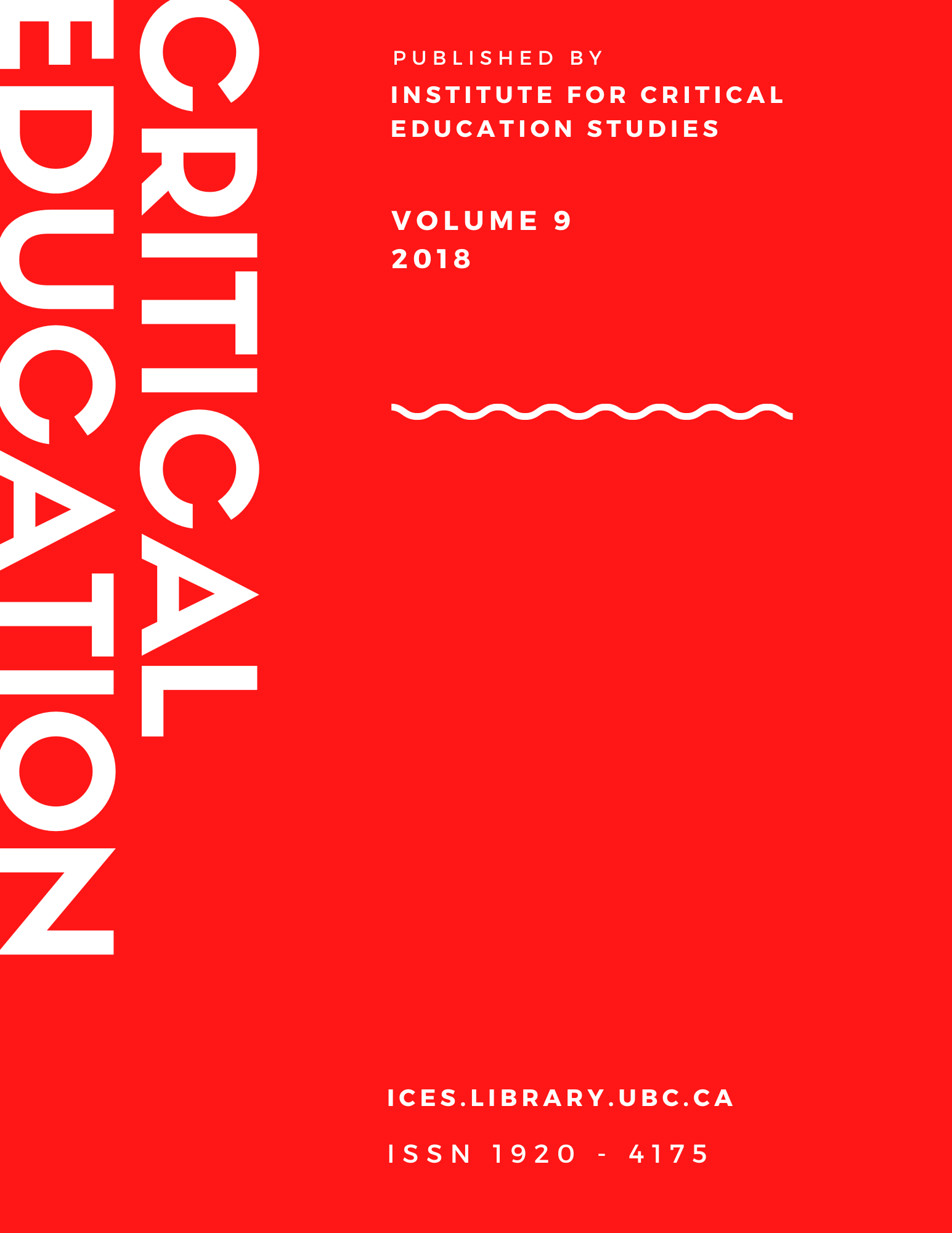Packaging Girls for STEM or STEM for Girls? A critique on the perceived crisis of increasing female representation in STEM education
DOI:
https://doi.org/10.14288/ce.v9i16.186415Keywords:
STEM education, girls/women, feminist critique, media analysis, and visual frame analysisAbstract
This paper presents a critical commentary regarding the intersections of STEM education, girls/women, and media to consider the ways in which media production narratives construct the problem of too few girls/women in STEM fields, its causes, and how to redress the problem. Employing examples from multiple media including Clip Art, television commercials, and popular film, the authors highlight how such media representations oversimplify and mask some of the larger, more intractable challenges of women achieving parity and equity in STEM. The authors conclude with a discussion of how the solution to better package STEM for girls/women is simply an illusion that covers the reality: that girls and women are packaged for STEM, with the focus on girls/women and making them marketable to STEM fields while simultaneously pretending that the barriers in STEM can be surmounted by afterschool programs, female mentors, and targeted advertisement. As a result, the institutional and structural inequities remain inadequately addressed.
Downloads
Published
Issue
Section
License
Authors who publish with Critical Education agree to the following terms:
- Authors retain copyright and grant the journal right of first publication with the work simultaneously licensed under a Creative Commons Attribution License that allows others to share the work with an acknowledgement of the work's authorship and initial publication in this journal.
- Authors are able to enter into separate, additional contractual arrangements for the non-exclusive distribution of the journal's published version of the work (e.g., post it to an institutional repository or publish it in a book), with an acknowledgement of its initial publication in this journal.
- Authors are permitted and encouraged to post their work online (e.g., in institutional repositories or on their website) prior to and during the submission process, as it can lead to productive exchanges, as well as earlier and greater citation of published work (See The Effect of Open Access).












